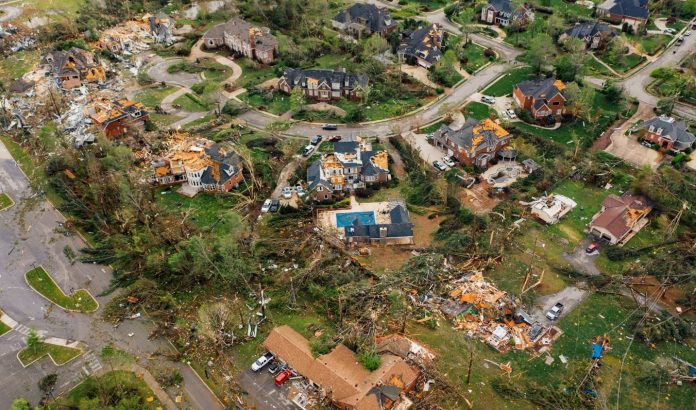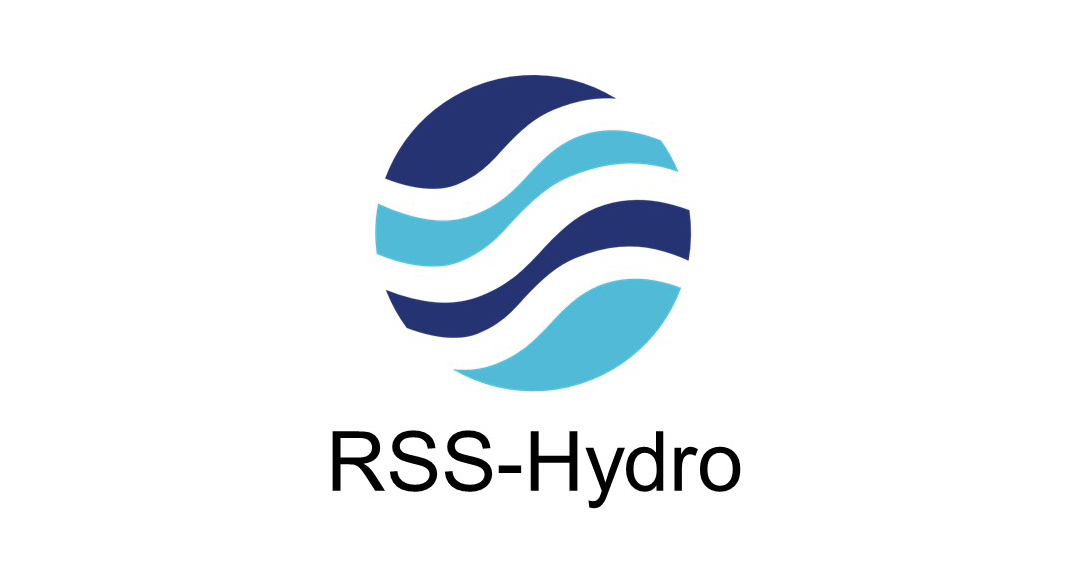Margherita Bruscolini, Geoscientist & UAV Pilot at RSS-Hydro examines how natural disasters expose the stark inequalities in society between the wealthy and poor, and what can be done to mitigate the effects.
Natural disasters, such as droughts, floods, hurricanes, and landslides, are catastrophic events with atmospheric, geological, and hydrological origins that can cause fatalities, property damage and social environmental disruption.1 The increase in frequency and magnitude of these events, aggravated by climate change, is alarming on many different levels, not only raising health issues but also exacerbating pre-existing inequalities in areas such as education, income, gender, disability, and social status, disproportionally affecting the more vulnerable communities and influencing the racial wealth gaps over time.2 The challenge to reduce and eliminate inequalities within and among countries is a crucial objective of the sustainable development goal number 10 of the UN agenda 2030.
According to Our World in Data,3 natural disasters can be highly variable and kill on average 60,000 people per year, making them responsible for 0.1% of global deaths, and these are just the official numbers. The world experienced, and continues to experience, very high impact natural extremities, such as the 1983-85 famine and drought in Ethiopia, the 2004 Indian Ocean earthquake and tsunami, Cyclone Nargis in Myanmar in 2008, and the 2010 Port-au-Prince earthquake in Haiti.
Are natural disasters an equal leveller?
Floods and other natural disasters are often seen as great levellers, affecting rich and poor alike, but the reality can’t be more different, with climate change tending to amplify the already existing divide between those who have resources and those who don’t. Just as climate change deepens inequalities within a country, it also stratifies international relations because some nations are more threatened by it than others, and poor communities have fewer resources to efficiently deal with the problem. According to the World Risk Index of the UNU-EHS,4 the countries with the higher disaster risk lie in Oceania, Southeast Asia, Central America, and the Southern Sahel.
The human and environmental cost of natural disasters is all around us, and on the rise. The UN reports about 90% of all disasters are weather-related, and that weather and climate are major drivers of disaster risk.5 So, it is more important than ever to examine who is more affected to these changes. Sometimes people living in the same area experience disasters differently, from perceiving them as minor inconveniences to feeling completely helpless and devastated during and after the event.
The measures to put in place during and after a natural disaster show some limitations regarding equality. Basic measures, such as evacuation is not as easy as it sounds, especially for the most disadvantaged people, as pointed out in the SAMHSA Research Bulletin.6 Similarly, recovery after disasters can be uneven within communities, in terms of access to affordable household insurance and job markets, aggravating inequalities.
The examples of such systemic inequalities associated with natural disasters and climate change around the world are manifold. In Australia, for example, people that have the higher risk to experience heatwaves include the very old, the very young, those with health problems, lower socio-economic and marginalised communities, as well as socially isolated individuals, and the homeless.7 Accessing air conditioning is not affordable to everyone living in the country and in some cases it is a luxury out of reach for many Australians. The situation doesn’t look much better in the United States, where a study2 indicates that while the more natural hazard damages pile up in the county, the more wealth white residents tend to accumulate, while black residents, on the other hand, tend to lose wealth. In addition, they found that the more federal emergency aid money a county receives, the more white residents wealth tends to grow, and the more black residents wealth tends to decline, showing how federal aid seems to exacerbate rather than eliminate wealth inequalities.
The roots of inequality in natural disasters
Going back to the causes of the problems is not easy, since we are talking about complex events governed by intertwined mechanisms. As the UN puts it, ‘poverty is both a driver and consequence of disasters, and the processes that further disaster risk related poverty are permeated with inequality.’
At the heart of the problem is the lack of power and access to resources to increase the resilience of the most vulnerable. An ideology that calls on each of us to be personally responsible for our own resilience and disaster preparedness, when power, wealth, and income are distributed so unequally across the world, has evident shortcomings and cannot work. The basic rights that are key to equitable recovery from disasters should be:
- The right to return home to safe neighbourhoods that have adequate protection and public infrastructures;
- The right to choose whether and where the survivors want to relocate;
- The right to equal treatment, regardless of the race, ethnicity, gender, disabilities, economic status or religious beliefs, and finally;
- The right to have a say, making sure everybody is considered.
Two of the major challenges of our times; how we respond to rising wealth inequality and natural disaster costs, are strictly connected. Few places are immune, which also encourages us to reconsider how we act before and after disasters.
Being active in the field of water-related natural disasters and modelling, the team at RSS-Hydro is well aware of the consequences of natural disasters and the associated inequity, working with the SDGs always in mind. We use drones, Earth Observation, Machine Learning algorithms, and modelling to simulate water risks, as well as assisting flood responses at a global level, offering expert consulting skills for the humanitarian and aid development sectors, and, last but not least, keeping academic activities a priority.
References
- International Journal of Disaster Risk Reduction, 2016.
- J. Howell and J. R. Elliott, As Disaster Costs Rise, So Does Inequality, 2018.
- H. Ritchie and M. Roser, Our World in Data, Global deaths from natural disasters, 1978 to 2018, graphs: https://ourworldindata.org/natural-disasters.
- United Nations University Institute for Environment and Human Security (UNU-EHS), World Risk Report (WRR 2016), 2016.
- CRED, UNISDR, The human cost of weather-related disasters, 1995-2015.
- The Climate Council of Australia, Heatwaves: hotter, longer, more often, 2014.
- SAMHSA Disaster Technical Assistance Center Supplemental Research Bulletin, Greater Impact: How Disasters Affect People of Low Socioeconomic Status, 2017.








